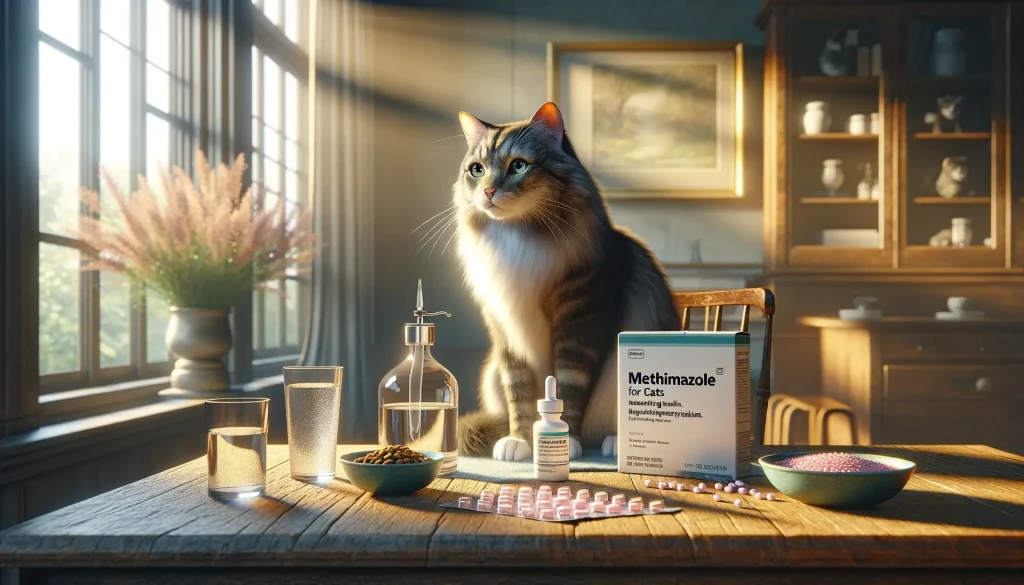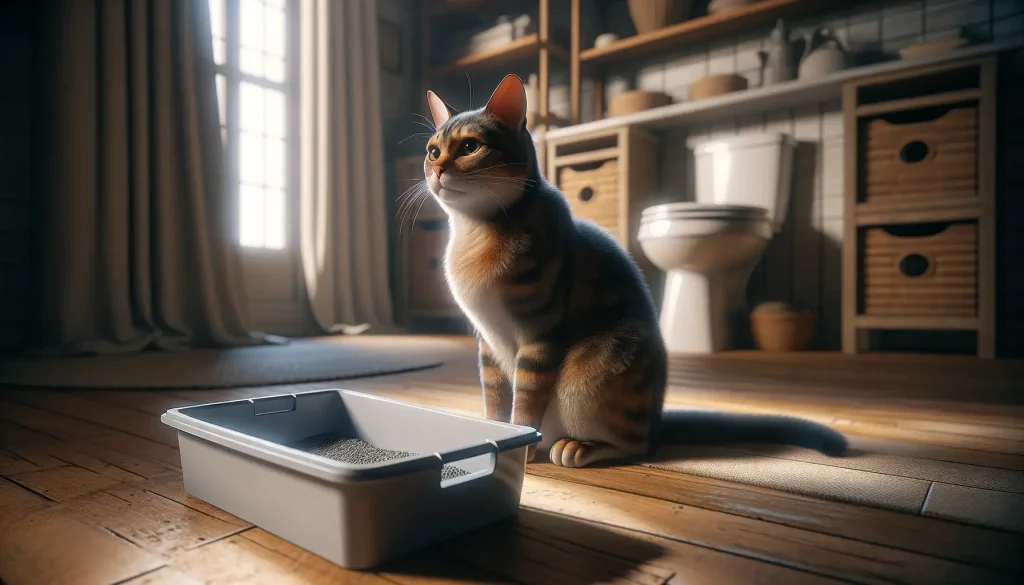
How to Care for Your Sable Ferret
Welcoming a sable ferret into your home can be an exciting adventure. These exotic pets are known for their playful nature and distinct sable coloring – a beautiful mix of dark brown fur with a contrasting light undercoat. However, potential ferret owners should be aware that sable ferrets require more attention and care than your average cat or dog. Their social nature, dietary needs, and energy levels make them quite unique. Before adopting a sable ferret, it’s important to know that they are considered illegal in some places, including California, Hawaii, and New York City, due to their specific care requirements and natural behaviors.
Despite their cute appearance, ferrets have sharp teeth and can bite, making them less suitable for families with small children. They thrive in environments where they can play outside their cage for several hours daily. To keep them happy and healthy, adopting ferrets in pairs is often recommended. Apart from their need for companionship, ensuring their habitat is secure and safe from potential hazards is crucial. This includes child-proofing your home, securing small spaces, and providing a large metal cage that can accommodate their active lifestyles.
Diet is another vital component of ferret care. As carnivores, sable ferrets require a specific diet with less than 4% fiber and should avoid fruits and vegetables. Additionally, ferret owners must be diligent about their pets’ health needs, including maintaining up-to-date vaccinations and considering spaying or neutering to prevent unwanted behaviors and health issues.
Let’s dive into the specifics of setting up their home, understanding their dietary needs, and the essentials of ferret training.
Common Questions on Sable Ferret Care
- What makes sable ferrets unique among pets?
Sable ferrets boast a distinctive dark brown fur with a lighter undercoat, making them not only visually striking but also highly sociable and intelligent. Their playful nature sets them apart from more common pets. - Are sable ferrets legal everywhere?
No, sable ferrets are illegal in some areas, including California, Hawaii, and New York City, primarily due to their specific care requirements and potential environmental impacts. - Can sable ferrets be good pets for families with children?
While ferrets are generally friendly, they have sharp teeth and can bite if provoked, which makes them less suitable for homes with small children. - How much playtime does a sable ferret need?
Sable ferrets require several hours of playtime outside their cage daily to stay happy and healthy. This helps satisfy their curiosity and vast energy levels. - Should I adopt sable ferrets in pairs?
Yes, ferrets are very social animals and thrive when they have a companion. Adopting sable ferrets in pairs can prevent loneliness and provide mutual entertainment. - What are the diet needs of a sable ferret?
Sable ferrets are obligate carnivores and need a diet low in fiber (less than 4%) without fruits and vegetables. High-quality ferret food, baby food meats, or fresh-cooked meats are suitable for them. - What should I consider when setting up my home for a ferret?
Prepare your home by child-proofing, securing any small spaces, removing chewable items, and ensuring electrical cords are out of reach. A large metal cage with multiple levels and a litter box is also crucial. - Can sable ferrets be trained?
Absolutely. Sable ferrets are intelligent and can be trained in good behaviors, including litter box usage, through positive reinforcement such as treats and praise.

Training Your Sable Ferret
Getting a sable ferret to follow commands and live harmoniously in your home doesn’t have to be a daunting task. With their sharp intellect and propensity for play, ferrets make training sessions fun and rewarding. Here, we’ll cover the basics of ferret training, focusing on litter box training, bite prevention, and leash training. These steps will help you and your new pet enjoy a healthy, happy relationship.
Litter Box Training
It’s a common misconception that ferrets can’t be potty trained. In reality, with consistency and patience, training your sable ferret to use a litter box is entirely achievable. Start by placing a litter box in their cage, as ferrets often go to the bathroom in corners. Use non-clumping, dust-free litter for their safety. Whenever you catch your ferret using the litter box, reinforce this positive behavior with treats and praise. If accidents happen outside the cage, gently place your ferret in their litter box to remind them where they should go.
Preventing Biting
Ferrets, especially young kits, may bite when they’re excited or scared. It’s crucial to nip this behavior in the bud through gentle correction. If your ferret bites, firmly say “no” and place them back in their cage for a short time-out. Avoid using physical punishment, as it can lead to fear and aggression. Remember, socialization from a young age helps ferrets become comfortable with humans and reduces unwanted biting.
Leash Training
Walking your ferret can be a fantastic way to let them explore while staying safe. Begin by getting your ferret accustomed to a harness since collars can be easily slipped out of. Let them wear the harness around the house, gradually increasing the time as they get more comfortable. Once they’re used to the harness, attach the leash and allow them to lead you around indoors before venturing outside. Always supervise outdoor time to ensure their safety.
In addition to these training tips, remember that enrichment plays an essential role in a ferret’s life. Provide plenty of toys, tunnels, and interaction to keep their body and mind active. With time, patience, and understanding, your sable ferret will thrive, bringing joy and amusement to your home. Remember, a well-trained ferret is a happy ferret.

Sable Ferret Facts
Sable ferrets are indeed unique pets that captivate the hearts of many. Here are some fun facts that might surprise even seasoned ferret owners.
- While people often talk about different ferret breeds, there’s actually just one breed with various colorings and patterns. The sable ferret, with its dark brown fur and contrasting light undercoat, is the most common.
- Despite their popularity, these exotic pets find themselves on the no-pet list in places such as California, Hawaii, and New York City. The reasons include their specific care needs and potential as invasive species.
- Sable ferrets pack a lot of personality and energy but require several hours outside of their cage each day to explore and play. This makes them quite demanding pets compared to more laid-back animals like cats or dogs.
- Adopting sable ferrets in pairs is often recommended. These creatures are incredibly social and can suffer from loneliness if left without a companion.
- A sable ferret’s diet is strictly carnivorous, needing food that is high in protein but low in fiber. This means no fruits or veggies for these furry friends.
- One interesting aspect of ferret care is their ability to be potty-trained. With a little patience, you can teach your sable ferret to use a litter box, making cleanup much easier.
- Though they are mostly kept as pets now, ferrets have a long history of being used for hunting, known as ferreting. Their slender bodies made them perfect for chasing rodents out of burrows.
- Despite their somewhat sleepy appearance, sable ferrets are incredibly agile and can squeeze through gaps as small as one inch wide. This makes ferret-proofing a home quite the task!


Items for Your Sable Ferret’s Cage
When bringing a sable ferret into your home, it’s crucial to provide them with a comfortable and stimulating environment. A well-set-up cage is key to your ferret’s health and happiness. Here we’ll discuss the essential items every sable ferret cage should have.
Spacious Metal Cage
Opt for a large metal cage that provides plenty of space for your ferret to sleep, play, and explore. The cage should offer at least six cubic feet of space per ferret. Look for designs with multiple levels and cubbies to satisfy their climbing instincts and need for cozy hideouts.
Durable Litter Box
Since ferrets can be potty trained, including a durable litter box in the corner of the cage is a must. Use non-clumping, dust-free litter that’s safe if ingested. Regularly cleaning the litter box is essential to avoid unpleasant odors and maintain hygiene.
Comfortable Bedding
Soft, washable bedding is vital for your ferret’s comfort. Ferrets love to burrow and snuggle, so provide plenty of blankets or hammocks where they can curl up. Ensure the bedding is easy to clean, as you’ll need to do so frequently.
Chew-Proof Water Bottle and Dish
Ferrets need constant access to fresh water, so include a chew-proof water bottle and food dish that attach to the cage sides. This prevents them from tipping over the containers while playing or exploring.
Safe Chew Toys
Safe chew toys not only entertain but also help keep your ferret’s teeth healthy. Avoid rubber or small items that could be swallowed. Toys designed specifically for ferrets or hard plastic cat toys are good choices.
Interactive Play Area
Create an interactive play area inside and outside the cage. Inside, incorporate tunnels and toys that encourage exploring. When outside the cage, ensure the room is ferret-proofed for safety and filled with engaging activities.
By setting up a cage with these essentials, you’re creating a stimulating environment that caters to your sable ferret’s physical and mental well-being. Attention to these details ensures your exotic pet thrives in your care.
Beginner Guide to Raising Quail at Home
What are the Signs of a Dog Concussion?
What Causes Your Dog’s Ears to Smell Bad?
When your dog’s ears start to emit an unpleasant odor, it might leave you puzzled…
Methimazole Treatment for Cat Hyperthyroidism
Methimazole plays a crucial role in managing feline hyperthyroidism, a condition marked by an overactive…
Got Hummingbirds in your Backyard? Here’s How to Care for Them.
Why Does Your Cat Pee Outside the Litter Box?
Cat’s Litter Box Issues It’s not uncommon for cat owners to face the frustrating dilemma…




